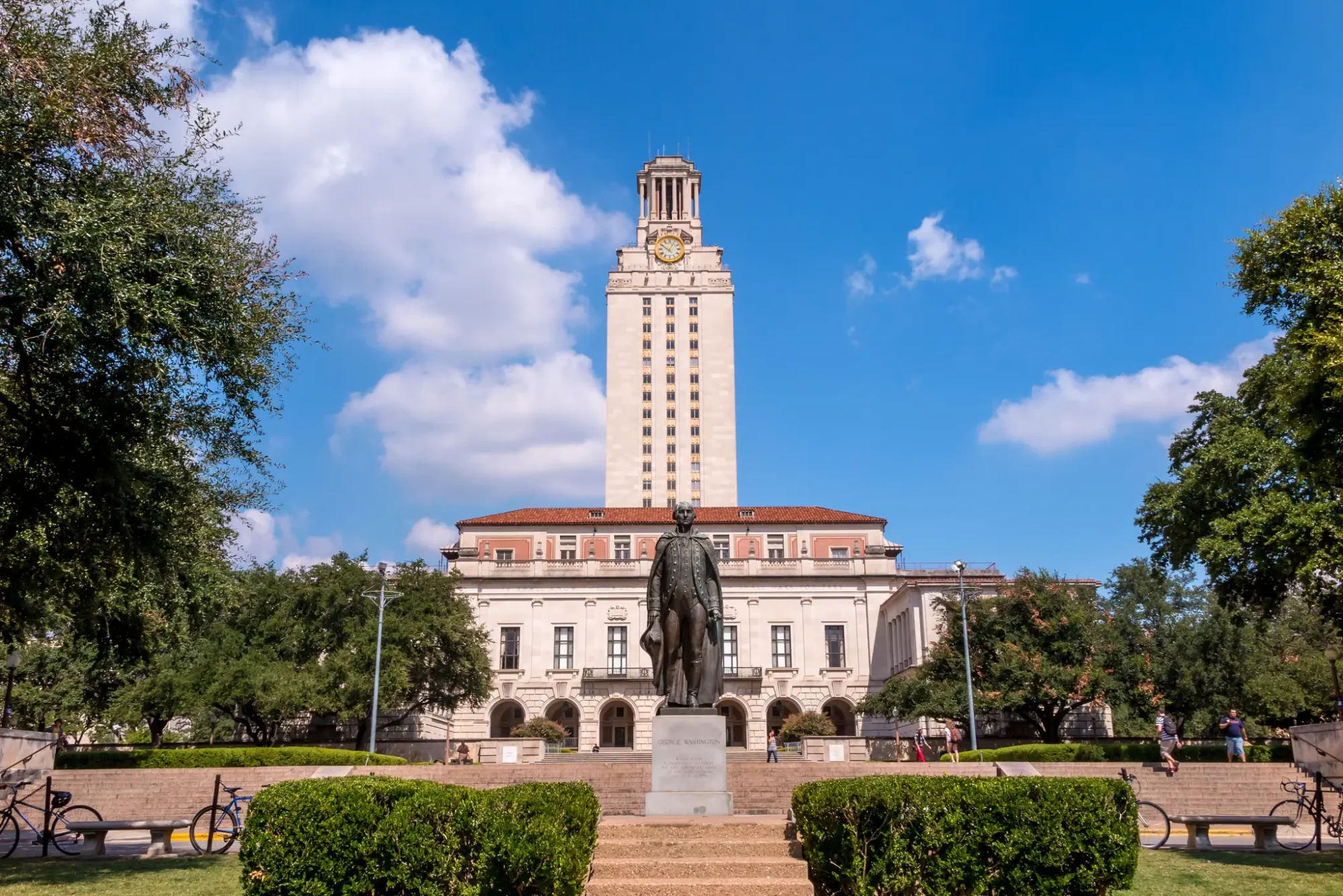For decades, Republicans colored the states or districts they won blue, historically identified as the color of liberty. Meanwhile, they colored Democrats’ states and districts a bright red in homage to the left’s communist comrades in the USSR. So, why the flip? And what does it say about the GOP?
In the late 1970s and 1980s, Ronald Reagan’s campaign signs leaned heavy on blue, with patriotic doses of red and white. Jimmy Carter’s signs were green; it seems he, too, wanted to avoid visual association with the commies.
Before I go further, let me be clear: The color used to represent a political party doesn’t actually matter. What does matter is who does the deciding. A political party that allows its opposition to determine its branding has probably already begun ceding control of its agenda.
At some point, Republicans as a national party stopped defining themselves. Rather than advance a proactive agenda, Republicans have adopted a minority-party mindset – even when they are winning and hold legislative majorities. The Grand Old Party has become content with letting the Democrats, the establishment media, and even Hollywood set the political and cultural agenda for our national discussion.
It doesn’t have to be this way.
In 1994, pushed by Texans Tom DeLay and Dick Armey, the Republican Party made its last concerted effort to define the national agenda in terms of liberty.
It was called the Contract With America, and it was wildly successful as a political tool. Democrats had to react to the Republicans’ agenda, and they fumbled in doing so. With the GOP victories that resulted, President Bill Clinton was forced to accept the policies imposed on his tenure by the Republican-controlled Congress.
A funny thing happened then: Republicans kind of stopped leading. Many of their campaign promises were left unfulfilled as incumbent lawmakers settled comfortably into the D.C. swamp. As the swashbucklers got fat and lazy, they stopped defining the debate and allowed themselves to be defined.
In the aftermath of the 2000 presidential campaign, the networks – led by the then-relevant CNN – decided to flip history, permanently repainting Republicans “red” and Democrats “blue.” And like the obedient foil the GOP had allowed itself to become, the party acquiesced to the leftists’ rebranding; everyone just went along with it.
Nationally, Republicans have done very little leading, with a few notable exceptions. Donald Trump offered bold and defining claims (“drain the swamp”) and to follow through on long-abandoned promises (“move the U.S. embassy to Jerusalem”) all in his bigger-than-life promise to “make America great again.” Likewise, Florida’s Ron DeSantis has shown it is possible to grab the agenda from the hands of the left, rip it to shreds, and impose his own (see Disney’s spring of woes).
More common has been the antics of Sen. John Cornyn, who regularly looks for opportunities to give ground to the Democrats. Not only does he let them set the agenda, he helps them implement it.
Again, it doesn’t have to be this way.
For Republicans to be nationally relevant, they must set agendas – not respond to those of others. If Republicans want to be trusted with leadership, they must show where they will lead the country … and it must be somewhere better than “the same direction as the Democrats but slower.”
Rather than adopt a watered down version of the Democrats agenda, Republican voters, candidates, and officeholders must offer a bold vision of a strong America.
Yes, Republicans will keep winning elections simply because the Democrats are bad. But for Republicans to succeed in restoring the promise of America, they must stop allowing themselves to be defined (and colored) by those same Democrats.





